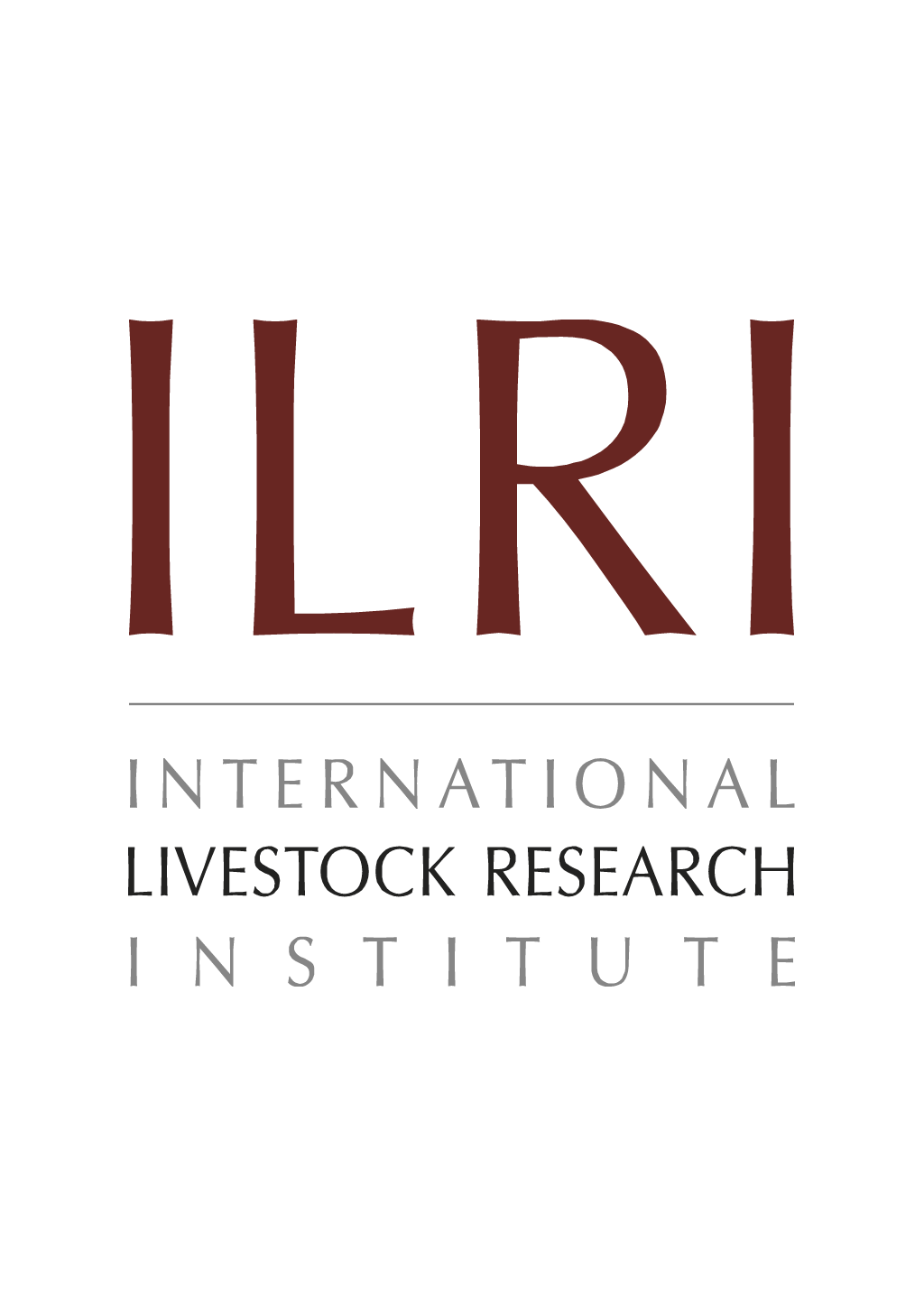
Degradability of forage protein supplements and their effects on the kinetics of digestion and passage
Abstract
Degradability characteristics of oats hay (harvested at milk stage), oats straw, wheat middlings and forage legumes (lablab (Lablab purpureus)) hay, leaves of sesbania (Sesbania sesban) and tagasaste (Chamaecytisus palmensis)) were evaluated in three sheep given native hay supplemented with cottonseed cake. In Trial 2, 18 fistulated male sheep were given six dietary treatments: ad libitum oats straw with 250 g (as fed) of lablab hay, wheat middlings (WM), sesbania or tagasaste. The effect of these diets on degradabilities of oats hay and oats straw and rumen particulate passage rate (k1) were determined. Oats hay had higher (P<0.05) solubility, potential dry matter (DM) degradability and soluble nitrogen (N) (631 vs. 498 g per kg; P<0.01) than those given straw-lablab diet. Sesbania had the highest potential DM degradability (921 g per kg) followed by WM (846), tagasaste (762) and lablab (706). WM (DM) degraded fastest followed in order by sesbania, lablab and tagasaste. Lablab had the highest soluble N (737 g per kg) and differed (P<0.001) from sesbania (298), WM (526) and tagasaste, which was negative (-38). Sesbania had the highest potential N degradation rates. Supplementation and type of supplement had no effect on any of the degradation characteristics of oats hay. Sheep given WM had the fastest k1 followed in order by lablab, sesbania and tagasaste. Supplementation increased the intakes of DM (P<0.01) and N (P<0.05) but not of neutral detergent fibre (NDF); but supplement types had no effect (P>0.05) on the intake of oats hay, total DM or NDF. It was concluded that supplementation with forage legumes had no effect on oats hay DM degradation rate but tended to enhance k1. Forage legumes that disappear fast from the rumen may induce lower substitution rates.
Citation
Small Ruminant Research;17(2): 145-152




